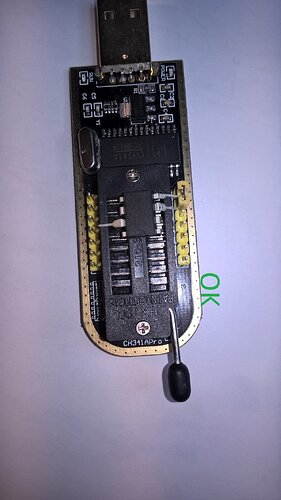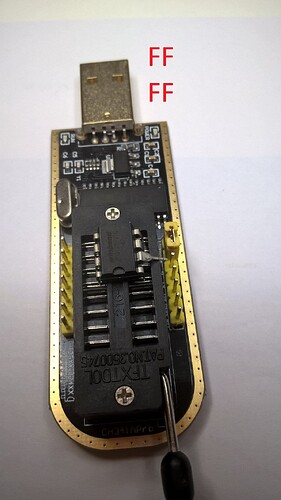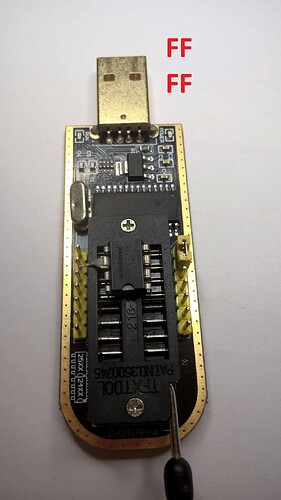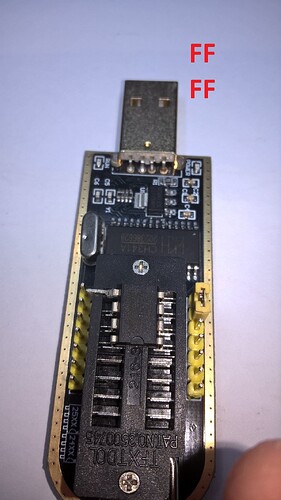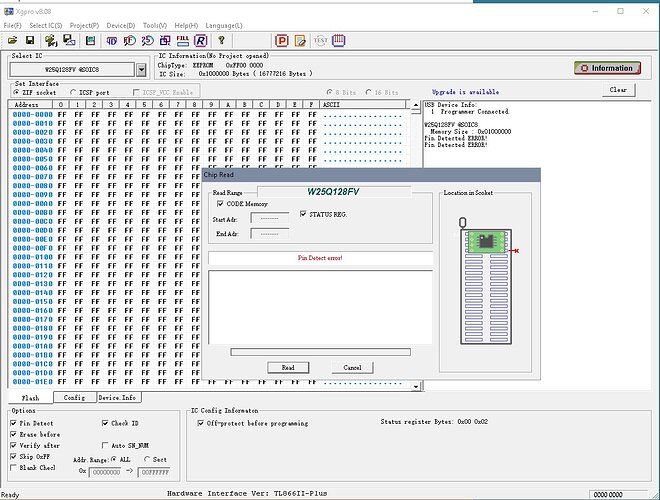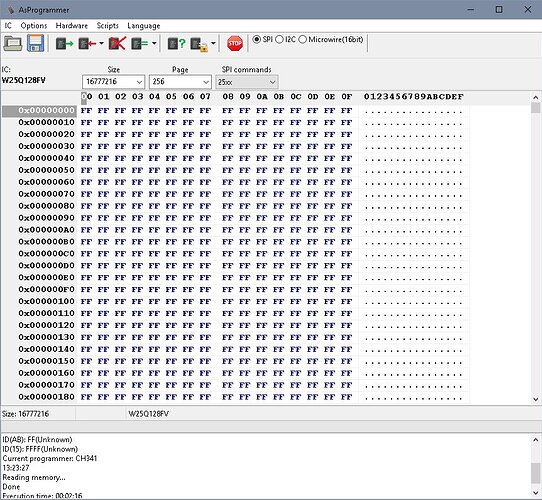I didn’t check ASprogrammer 1.4 under W7, I used the CH341A with Software 1.29 and TL866 under Win7.
But: Just to be sure I tried now ASprogrammer 1.4 under W7 in a virtual machine (host W10P x64 1809) and it’s working fine with a DIP8 25Q128FV. I assume that a native W7 would do, too.
Made some experiments, though:
For a DIP8 25Q128FV you can disconnect GND(4), IO3(7), IO2(3)- it doesn’t matter. If you in addition disconnect CLK(6) or IO1(2) or IO0(5) you get everything FF FF (means both chip identification and data).
More interesting, maybe:
If you disconnect CLK(6) or IO1(2) or IO0(5) alone you still get everything FF FF, ASprogrammer14 not complaining at all!
